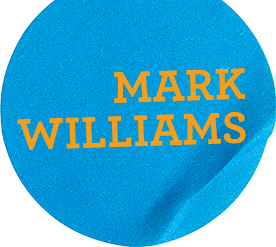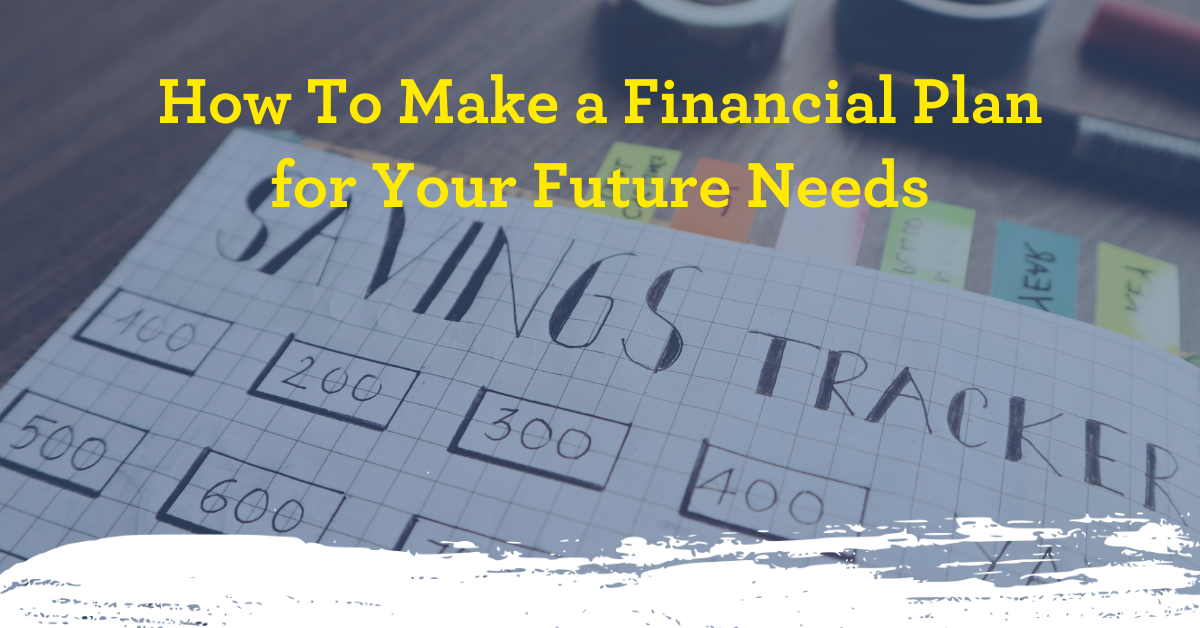It can be difficult to wrap your head around planning for your financial future. You might not even know how to make a financial plan or know what you might need 5, 15, 25 years down the road. There are so many immediate financial needs that long-term financial goals can easily feel like a problem for your future self to address. However, if you fall into the trap of expecting to be able to play catch-up late in your career, when you anticipate your highest earning potential, you’re setting yourself up for failure.
Get Started Today
The best time to start planning for your financial future is when you are young. There are a lot of tools and products available to help you create a plan, but they all have one thing in common: the earlier you take advantage of them, the better off you’ll be.
Millennials today are between the ages of 25 and 40, and many of them are starting to enter that higher-earning stage of their careers. Even so, they tend to be less prepared for retirement than they should be, with many preferring to put their money into savings rather than retirement accounts. There are many speculated reasons for this financial behavior, but the consensus is that younger generations approach financial planning and investing much more conservatively than prior generations.
However, that can be a costly mistake.
One of the most common retirement planning vehicles is the 401(k). Many people can contribute to a 401(k) through their employer, which may also offer a percentage match up to a certain contribution level. The free money provided by an employer match is a huge benefit, but even more important is the compound interest this investment vehicle provides.
Between 2015 and 2020, Vanguard found the average return on a 401(k) to be 11%. Compared to savings accounts, which have an average interest rate of 0.06%, leaving your money in savings rather than investing it leaves you at a significant disadvantage. Here’s what that looks like in practice.
If you put $100 per month into a savings account, with a generous interest rate of 1%, you’ll turn $54,000 into nearly $68,000 — some growth, but not even enough to keep up with inflation. However, if you contribute that same $100 per month to a 401(k) at an average annual interest rate of 11%, in 45 years your $54,000 will become nearly $1.2 million. And if your employer offers a match that bumps your monthly contribution from $100 to $125, you’ll wind up with just under $1.5 million.
With compound interest, time plays a major factor, too. Let’s say you don’t start contributing until closer to retirement. Your mortgage is paid off and your kids are out of college, so you can afford to put more away each month. Instead of $100, you’re now putting $1,000 into your 401(k) monthly. After 15 years, you’ll have put $180,000 into your account, but instead of $1.2 million, it will only be worth $412,000.
A 401(k), as beneficial as that financial vehicle is, is specifically structured for retirement. You can access if you need it — with a hefty penalty — but in almost all circumstances you don’t want to touch it until you are at least 59 ½ years old.
Don’t Forget Life Insurance
When it comes to understanding how to make a financial plan, an important element that many people overlook (either because it doesn’t benefit them directly or because it involves thinking about their own death) is thinking about who relies on you to provide financially if one day you don’t make it home. Beyond the immediate scope of the question, might there be someone who could rely on your income in the future?
Consider a young, single college graduate just starting their career and without any financial dependents. It’s unlikely that individual would choose to purchase life insurance. However, their situation is likely to change in the next 1, 5 or 10 years, and with their age and likely relative health, they will never be able to get a life insurance policy as cheaply as they can at that point. As we say in the insurance industry, money pays for life insurance, but health buys it. A 20- or 30-year term life insurance policy will provide financial safeguards for some of the possibilities that may arise, at very low cost.
A 20-year term policy with $500,000 in coverage might cost a healthy 25-year-old about $19 a month; a 35-year-old can expect to pay $21 a month, and a 45-year-old will be paying around $46 every month. And if you wait to buy a policy, age isn’t the only factor at play. You may develop a chronic illness that makes it impossible to get life insurance coverage (or at least prohibitively expensive).
You never know if or when your circumstances will change, and life insurance, like all insurance, is a form of safety and protection for you and for those you love. Someone who is married with children needs to have life insurance in case of tragedy — it will help your loved ones cover debts, provide a future source of income and even allow space for grief without the added pressure of financial anxiety.
Buying life insurance when you’re young and healthy means you can take advantage of the best possible rates and provide financial security for the ones you love — even if you haven’t met them yet.
Financial planning isn’t a lot of fun for most people, but it is necessary. Whether you are aiming for a specific short- to mid-range financial goal or turning your eye toward your eventual retirement, it pays to start thinking about planning your financial future as early as possible. The cost of doing so when you are young is comparatively lower than if you wait 10, 20 or 30 years to make some of the same decisions.
If you’re young, use your age to your advantage and plan accordingly. If you’re older and already feeling close to retirement, you may not have taken advantage of the power of compound interest but it’s still not too late to reallocate some of your assets and shore up your financial situation as much as possible.
For anyone wondering how to make a financial plan, I would strongly recommend seeking out the advice and experience of a financial professional — they will understand all of your available options and know best how to construct a strategic plan to help you reach your goals.

